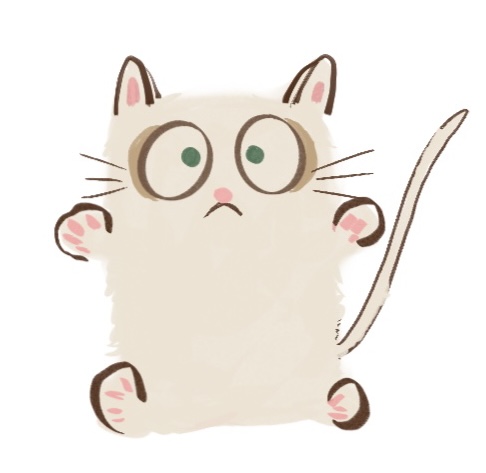Original post: 论文可视化配色简易指南 - 少数派
Title: An Eazy Guide to Color Schemes for Visualization in Academic Papers
Author: YorksonThis post is what I’ve always hoped someone could write for academic researchers. It is super concise well-organized and I strongly recommend you to read it directly if you know Chinese.
Below is a summarized version in English. Extended information and opinions from myself are marked in italics . Enjoy :))
How to define a color?
Two models are commonly used: RGB model and HSB (HSV) model.
- RGB model:Define each color as the mixture of red, green, and blue.
- HSB/HSV model:Define each color with hue(色相), saturation(饱和度), and rightness(or Value, 亮度).
For example,the representation for this color in RGB model is (242, 166, 59),while the same color is represented as (35°, 76%, 95%) in HSB model.
Besides these two models, there is another color model called HSL (hue, saturation, lightness). The difference between HSL and HSV is that a color with maximum lightness in HSL is pure white, but a color with maximum value/brightness in HSV is analogous to shining a white light on a colored object. (Ref: HSL and HSV - Wikipedia)
Color Scales
Choose scales according to the data type
- For categorical data, use categorical color scales (sometimes referred as qualitative color scales), e.g., green, yellow, blue.
- For ordinal data, use sequential color scales, e.g., from light blue to dark blue. Use darker colors to show larger numbers.
- For ordinal data with clear and meaningful center values, use diverging color scales (also called bipolar or double-ended color scales), e.g., from green to red. In particular, you should crop the diverging colors if the data range is imbalanced, i.e., the maximum value in your data is not the same distance from the center as your minimum value.
Tools for generating color scales
- The Data Viz Color Picker : Generate categorical, sequential, or diverging color scales.
- Leonardo - Color scales: An open-source tool developed by Adobe. Generate sequential, diverging or qualitative color scales.
- CARTO: Generate sequential, diverging or qualitative color scales. Some examples are off-the-shelf. Login is required for customized usage.
- Colorpicker for data: Drag on the palette to generate color scales.
- Chroma.js Color Palette Helper: Generate sequential or diverging color scales and check if it is color blind friendly. Multiple export formats supported.
After testing these tools, I would recommend Data Viz and Leonardo for researchers like me who have a basic understanding of color matching and tries to make the figures look better. Chroma.js and Color picker have higher flexibility if you know what you are doing.
Tips
Color Blind Friendly
Color blindness or color vision deficiency (CVD) is the decreased ability to see color or differences in color. (Ref: Color blindness - Wikipedia)
To make your figures color blind friendly, you may:
- Avoid certain combinations of colors. For example, red-green-brown looks similar in people with red-green color blindness.
- Change saturation and brightness along with hues when setting a color scale.
- Use different fillers beside pure colors, e.g., lines and shadows.
Less is More
- Use categorical colors only when necessary.
- Use up to 6 categorical colors.
- Be consistent with color across charts.
Related posts
Suggestions for selecting colors from Datawrapper blog:
- What to consider when choosing colors for data visualization
- Which color scale to use when visualizing data
- 10 ways to use fewer colors in your data visualizations
Suggestions from Adobe Spectrum:
Websites I personally found interesting:
- Color Trends: Every year the Pantone Color Institute evaluates the colors shown by fashion designers at the New York Fashion Week.
- Scale — color scale generator: Color scales for design. The blogger also developed some other interesting stuff.
- Color scales - Claus O. Wilke: Slides introducting color scales and visulization with R.
